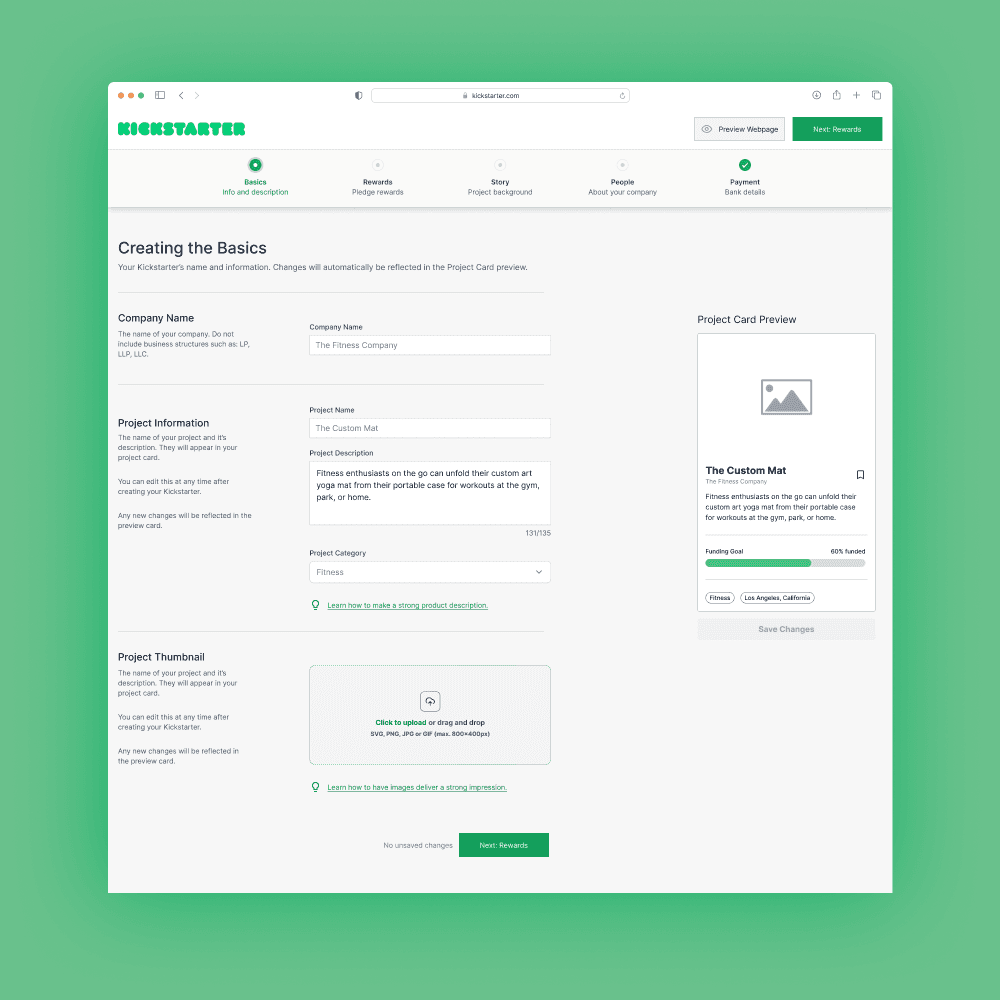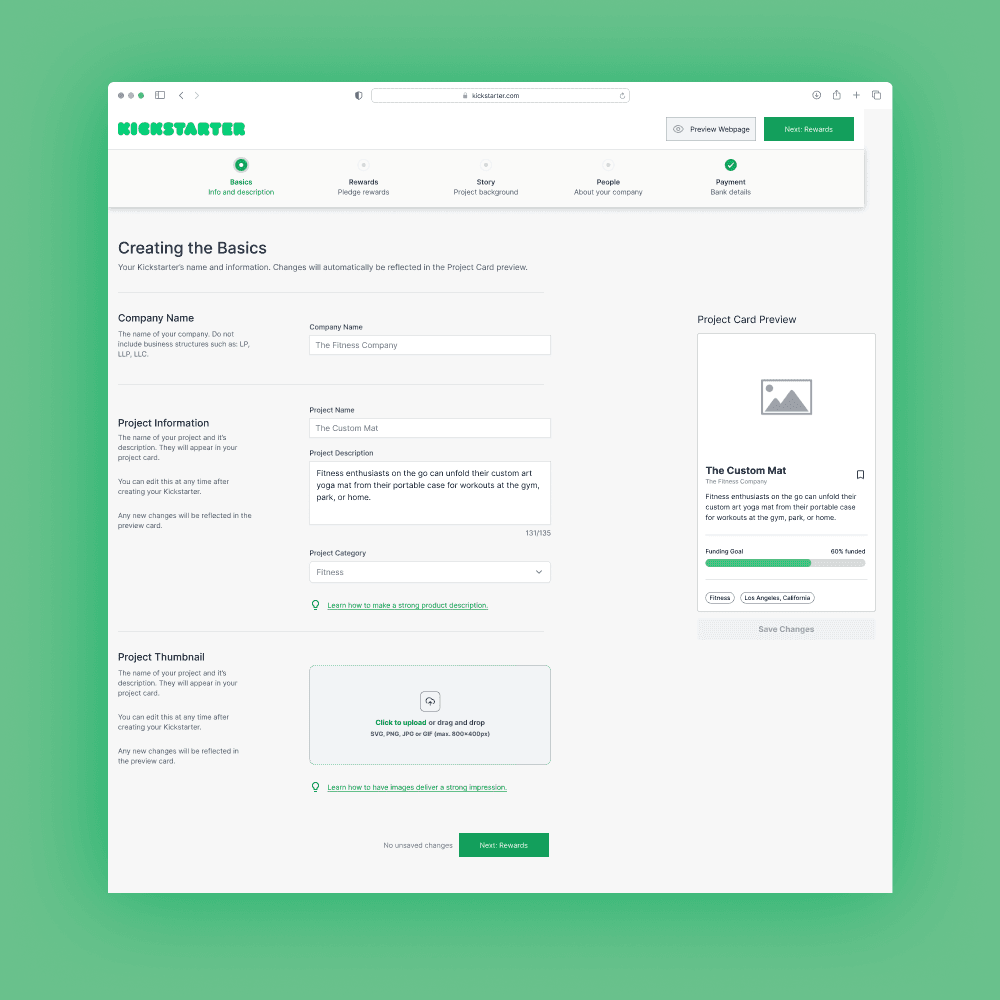Case Study
4 to 6 min read
Quest Board
There always seems to be a few games that players look back and play repeatedly. However, they eventually end up being bored due to replaying the game heavily. Quest Board features community driven challenges offering endless ways to replay a gamer's favorite video game.
Background
As a UX Designer, I figure there will be a day where I will have to present to stakeholders and B2B.
I looked back on my previous experiences in university online classes and disliked presentations with poor audio and visual quality.
I want to find out — Is it REALLY a problem to have low-quality audio and visuals (referred as: A/V henceworth)?
CLIENT
Presentime
(Conceptual)
TEAM SIZE
Solo UX Designer
TIMELINE
Dec 23' - Feb 24'
DELIVERABLES
Prototype
Problem Discovery
The idea started when when I began to play retro video games.
Although I certainly had fun playing my childhood games; the magic certainly wasn't as exciting as before. I knew how to beat the game easily - put simply, I loved playing the game but, there was no challenge having played the game countless times.
How might we increase engagement time for gamers who want to replay their favorite video games?
Gamers can ENJOY how a game plays but lose interest once they've replayed it several times.
Creators aren’t sure if they’ll be able to edit this later, or before they launch it (they can)...this causes them to abandon until they have the perfect copy and images
Research
Before forming ideas, I needed to see how often people faced the same problem. Through my research I discovered a vast majority only a video game once.
Data Gathering
I searched through forums documenting how many times a user replays a video game. Furthermore, I wanted to find the end reason why users choose to not replay a game.
Data Results
Research Constraints
Does not take into account genre or games designed for replayability such as rouguelikes.
The researched data primarily involves games with a finite endpoint. Therefore, most data excludes multiplayer.
BAR GRAPH
Number of Replays for a Video Game

Based on fourty answers from various forums
PAIN POINT
Knowing What Happens
57% of the reasons stated, knowing what happens in a game results (where enemies spawn, item locations ect.) in players losing interest in replaying a game.
PAIN POINT
Story Completion
44% of the reasons stated, that players feel no incentive to replay the game after completing the main storyline - including side quests and secrets.
PAIN POINT
Lack of Difficulty
24% of the reasons stated, that replaying the game (even in hardest difficulties) results in a loss of interest due to lack of difficulty.
I noticed when reading through responses; that gamers tend to stay engage in a game longer when the following qualities are introduced into a game.
Users tend to replay games where variable "builds" are can be used. These builds can add uniqueness or difficulty to keep users engage.
Self imposed challenges (no items playthrough) keep users engage by providing unintended ways of playing the game - but, adding more levels of enjoyment.
Increased difficulty from variability and imposed challenges establishes a new goal to reach — effectively driving engagement.
The key insights revealed to me that they added replayability to a game; the factor that keeps users constantly engaged to a video game because of new goals being established.
I further assumed this to be case based on hard confirmations by users on forums.
Assumptions and Reasoning
Based on twenty answers from various forums
Forming the wants and needs of the user helped shaped the data into a problem.
USER WANTS
Enjoyment from a Game
A user WANTS to enjoy a particular game for various reasons. However, the game lacks variability and end up not playing.
USER NEEDS
Replayability
Some games feature no replayable elements. However, the user NEEDS replayability to enjoy a game.

Practical Example
Danny WANTS to replay Super Mario 64 for nostalgia and he loves the gameplay.
He KNOWS all the levels and secrets the game has to offer.
Danny ends up NOT PLAYING the game but, really WANTS to. He NEEDS to find a way to make the game replayable.
Problem Statement
Users lose interest in a game because they know what will happen, a lack of difficulty and challenge. However, users WANT to enjoy the game.
How might we increase engagement time for users on a video game that doesn't offer any reasons to replay?
Research shows that monotony is the killer of engagement. Users are still capable of loving a video game - however, they feel as though there is nothing left for the game to offer.
Incorporating variability keeps video games constantly fresh by adding new goals. The end goal is to find a way to continue adding new challenges to increase engagement in a video game.
Ideation
Based on the solution goal, I ideated on ways to deliver the solution. I also ideated on ways the product would grow based on psychology.
I drew inspiration from the speedrunning community for video games; the community creates their own challenges for games that span multiple decades, ensuring constant variability and new goals to reach.
Why take inspiration from the speedrunning community?
The speedrunning community features community driven challenges. Even for a game such as Super Mario 64 from 1996; the community constantly creates new categories of challenges despite the age of the game.
Points of Interest
New challenges to increase engagement time and enjoyment for a game.
Adds difficulty to a video game that users have played a lot.
Adds replayability to games that weren't designed to be replayed.
The product fulfills the needs of users who DON'T KNOW they can turn to communities to add replayability to their game.
The challenges and categories created by the speedrunning community are user generated content.
I came to the idea of implementing social media (blog posts) as a medium to deliver user generated content.
USER TARGET
Content Creators
Driven to create challenges that can be popular.
More content creators equates to more challenges for consumers.
USER TARGET
Content Consumers
Appeals to consumers who seek replayability.
Appeals to consumers who seek replayability.
The product establishes a loop where positive reinforcement drives product growth.
Positive reinforcement from engagement drives users to create more content - effectively creating endless content for replayability.

The product was focused on gamers. I ideated on on how to convey the identity of "video games" to the user.
I drafted down several ideas that came to mind and listed the pros and cons of the idea.
In the end, I came to
User Experience Formation
I chose to form the user experience of the product after ideating on features, identity, and workings.
Final drafts of task flows used to act as guidance.



The most important feature of the product. It as a blog post style but was reframed to be easily digestible.
Quest Page Breakdown
Page Features
User Engagement Statistics to motivate creators to produce high-quality content.
Quest Details offering a quick summary of task, difficulty, and number of people.
Requirements to with checks to complete quest. Can include optional bonus requirements similar to some games.

Design
I jumped straight into Mid-Fidelity wireframes because the feature was primarily fixated on selecting easy to understand words and concepts. Final draft layouts were then pasted into a dashboard format - then adding CTAs.
The theme of the design featured RPG terms to appeal towards the gamer market. In addition - many gamers prefer to use dark mode.
Quest Board
A hub to pickup and search for quests.
Quest Details
User generated quests offers endless replayability to any game.
Profile Page
Track how many quests you finished or how many quests you've created. Showcases inspired by Steam, gives users tangible rewards to work for.
Create Your Own Quest
For users who want to design their own quest for themselves or others.
User Testing
Although the prototype is severely limited due to Figma and technical constraints, I was able to gather valuable opinions and feedback.
User Testing
I gathered a set of five participants to test the Prototype in order to identify any unclear explanations and UX problems.
The feedback I received from testing showed a sounding success.
Post Launch Ideation
Although this is a personal and conceptual project, I drafted a few ideas of what could be done to improve the product.
Next Steps
I chose to develop the product as an MVP livestreaming service only; however, there's a few decisions I would take if this product was real.
Stagger new A/V features to further improve quality and prevent cognitive overload.
Introduce premium advanced features for monetization such as - custom sound EQ.
Add key features such as video recording.
Reflections
Thank you for reading! As my UX skills continue to grow, so did my process and time optimization.
Challenges
Critical Thinking. The project was designed around optimization based on environment. However, it took several drafts before I could reframe "Bitrates" into "Upload Speed" then create a formula to account for presets AND no stuttering/buffering.
MVP Decisions and Time Constraints. Prioritizing what's needed and included in MVP prototype was a hard choice. However, if I had more free time I would have designed the livestream and chat UI.
Learnings and Improvements
Process Improvement. Skipping lo-fi wireframes because I knew the product relied more on UX Writing and I could reframe it into a dashboard format — as is most livestream applications.
Design simplification. It's okay to have a minimal design, and I prioritized the UX over flashiness.







